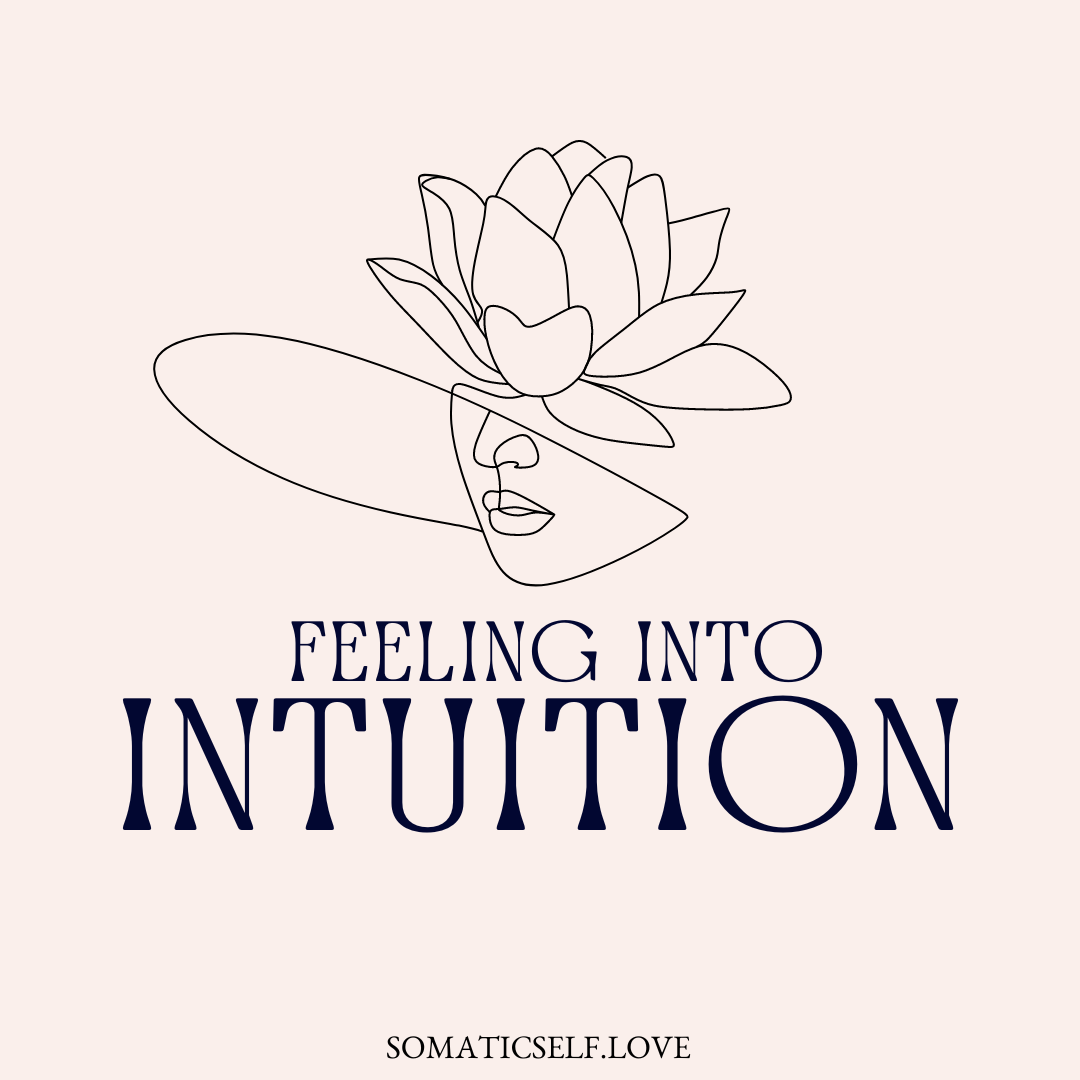Feeling Into Your Intuition

Intuition is a feeling that alerts us to an event that is happening or could happen. The heart is the primary source of intuition and is responsible for the emotional and psychophysiological processes that support it.
According to research, the heart may detect and respond to intuitive signals before the brain does. (McCraty, Atkinson, & Bradley, 2004).
Practicing present-moment awareness techniques can help recognize these physical responses to intuition and experience psychophysiological coherence.
Enhancing connection with our intuition results in deeper self-awareness, improved emotional balance, mental clarity, more effective problem-solving, greater competence, and improved quality of relationships (Childre & Rozman, 2002).
Heart-based psychophysiological coherence-building techniques help individuals connect with their intuition by combining a positive emotional state with a shift in the focus of attention to the area around the heart. This shift in focus significantly changes the pattern of afferent signals sent from the heart to the brain and body and facilitates the natural emergence of psychophysiological coherence (Tomasino, 2011).
Feeling from our heart center is essential for cultivating intuition because researchers have found a significant relationship between increased heart rhythm coherence and becoming more sensitive to our intuitive signals.
Additionally, one of the most important keys to accessing more of our intuitive intelligence and inner sense of knowing is developing deeper levels of self-awareness of our heart center.
The heart also demonstrates emotions such as compassion, appreciation, kindness, and patience, which when engaged, can lead to a stronger sense of personal and community purpose.
With practice, this can enhance the connection with intuition and enable the cultivation of intuitive intelligence.
Intuition is often called insight, gut feelings, hunches, or our inner voice, which refers to the feeling of knowing something without fully comprehending how you know it.
Your intuition can manifest in your body, such as experiencing a gut feeling when considering a particular choice.
By learning to connect with and trust your intuition, you can gain confidence and clarity, make quick and informed decisions, creatively solve problems, and feel more inspired, fulfilled, and motivated.
Regularly exercising and trusting your intuition can strengthen it like a muscle. This can help you focus on your physical experiences in the present moment and facilitate a better connection between your heart and intuition.
With practice, this can enhance the connection with intuition and enable the cultivation of intuitive intelligence.
- Bolte, A., & Goschke, T. (2005). On the speed of intuition: Intuitive judgments of semantic coherence under different response deadlines. Memory & Cognition, 33, 1248-55.
- Childre, D., & Rozman, D. (2002). Overcoming emotional chaos. Jodere Group.
- Dane, E. (2011). Capturing intuitions ‘in-flight’: Observations from research on attention and mindfulness. In M. Sinclair (Ed.), Handbook of intuition research (pp. 217-226). Edward Elgar.
- Hansen, J., & Topolinski, S. (2011). An exploratory mindset reduces preference for prototypes and increases preference for novel exemplars. Cognition and Emotion, 25, 709-716.
Regularly exercising and trusting your intuition can strengthen it like a muscle. This can help you focus on your physical experiences in the present moment and facilitate a better connection between your heart and intuition.
Step 1: Set an intention in the form of a question
Feel into a situation or goal and formulate it as a question. Ask this question internally and consider possible responses to this particular issue. Write down two potential choices you have and label them Option A and Option B.
Step 2: Heart-focused breathing
Direct your attention to your heart. Stand or sit comfortably with your spine straight, relax your body, and close your eyes. With your hand placed over your heart, take three deep breaths and feel your breath flowing in and out of your heart.
Step 3: Connecting to your intuition with choices
Now imagine yourself making choice A. Keep your attention focused on the area of the heart. Observe the sensations you feel in your heart. Warm, light, and open? Or tight and tense? Is your chest expanding quickly in and out with your breath? Or is it shallow and constricted?
Write down all the sensations you feel in your heart.
Now imagine yourself making choice B. Keep your attention focused on the area of the heart. Observe the sensations you feel in your heart. Warm, light, and open? Or tight and tense? Is your chest expanding quickly in and out with your breath? Or is it shallow and constricted?
Write down all the sensations you feel in your heart.
Step 4: Reflection
Were you able to notice a difference between the sensations around your heart that emerged after concentrating on choice A versus choice B? If so, how would you describe the differences? What do these sensations tell you about choice A and choice B?